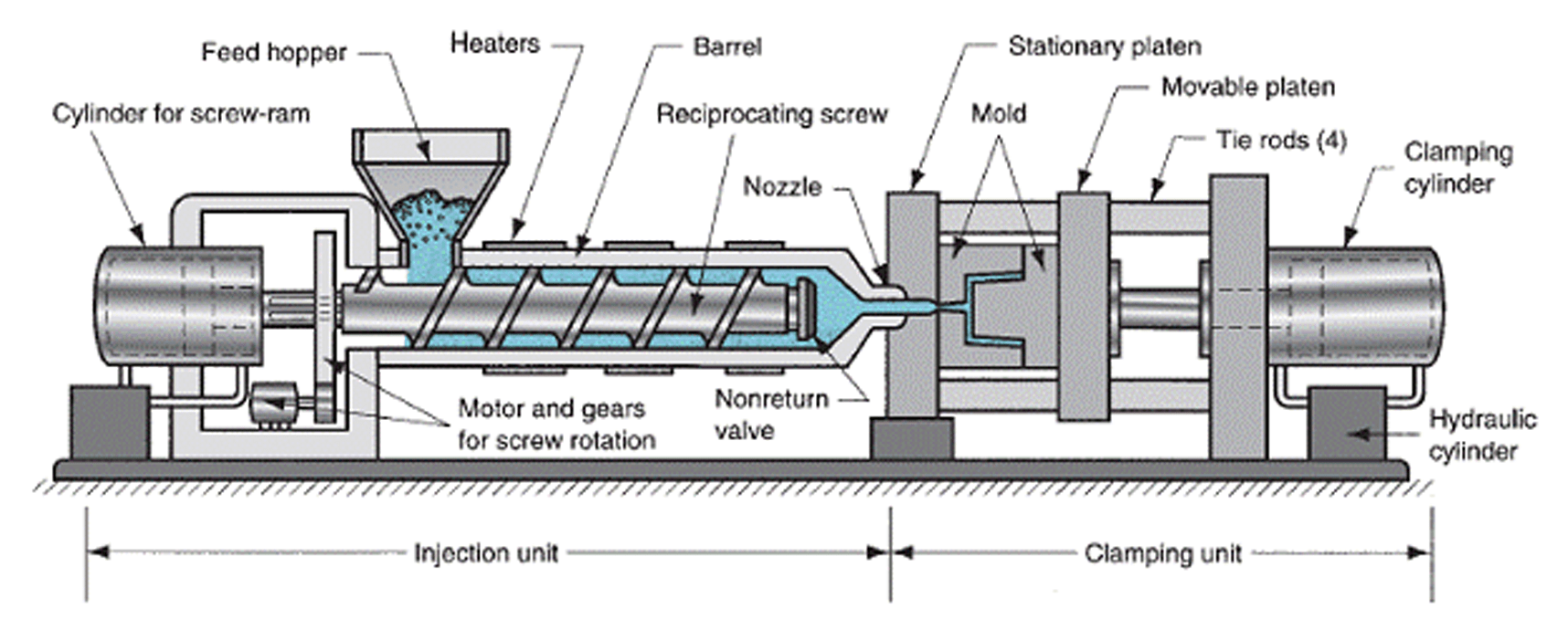Molding the Future: Unveiling the Magic Behind Plastic Injection Molding
Plastic injection molding is a revolutionary manufacturing process that has transformed the way products are designed and produced. Its intricate system of creating precise, high-quality plastic parts in large quantities has made it a cornerstone of various industries, from automotive to medical. At its core, plastic injection molding involves injecting molten plastic material into a mold cavity at high pressure, allowing it to cool and solidify into the desired shape. This seamless and efficient method has become the go-to choice for manufacturers looking to create intricate and complex plastic components with unparalleled accuracy.
History of Plastic Injection Molding
Plastic injection molding has a rich history dating back to the late 19th century. It all began when John Wesley Hyatt invented celluloid as a substitute for ivory in billiard balls. This innovation marked the birth of modern plastics and laid the groundwork for the development of injection molding.
In the 1940s, James Watson Hendry further revolutionized the industry by introducing the first screw injection machine. This innovation drastically improved the efficiency and precision of the molding process, paving the way for mass production of plastic products on a large scale.

Fast forward to the present day, plastic injection molding has become a cornerstone of manufacturing processes across various industries worldwide. Advances in technology continue to drive the evolution of this method, making it an indispensable tool in creating intricate and custom-designed plastic components.
Working Process of Plastic Injection Molding
The process of plastic injection molding begins with the design of a mold. This mold is typically made of steel and consists of two halves, the cavity side, and the core side. These halves are carefully designed to create the desired shape of the plastic part to be produced.
Once the mold is ready, the plastic material, usually in the form of pellets, is heated to a molten state and then injected into the mold at high pressure. This pressure ensures that the material fills the mold completely and takes on the shape of the cavity.
After the molten plastic has cooled and solidified inside the mold, the two halves are separated, and the newly formed plastic part is ejected. This part may then undergo additional processes such as trimming, painting, or assembly before being ready for distribution.
Benefits of Plastic Injection Molding
Plastic injection molding offers high precision in the production of complex and intricate parts, ensuring consistency in both design and quality. This process allows for the creation of intricate shapes and details that may be challenging to achieve through other manufacturing methods.
Another key benefit of plastic injection molding is its cost-effectiveness in mass production. The ability to produce a large volume of parts in a short amount of time reduces overall production costs, making it a cost-efficient option for many industries.
Additionally, plastic injection molding is a versatile manufacturing method that can use a wide range of plastic materials, allowing for customization based on specific requirements such as durability, flexibility, or heat resistance. quick turn injection molding makes it ideal for producing a variety of products across different industries.